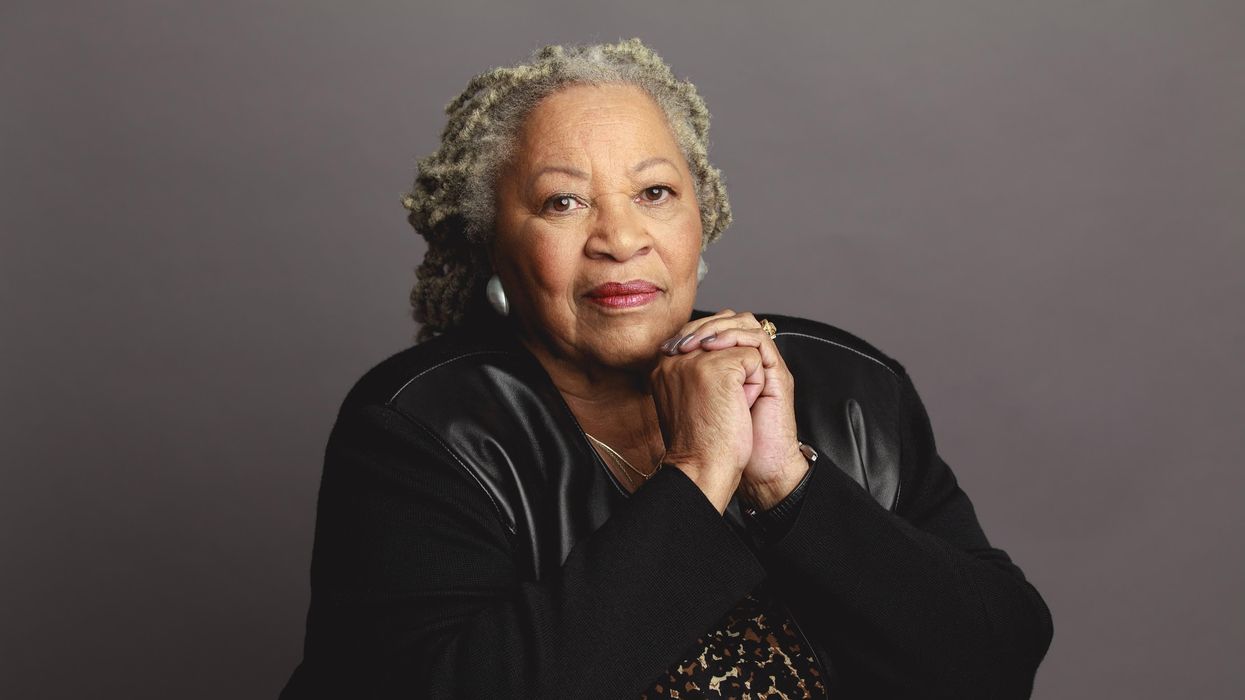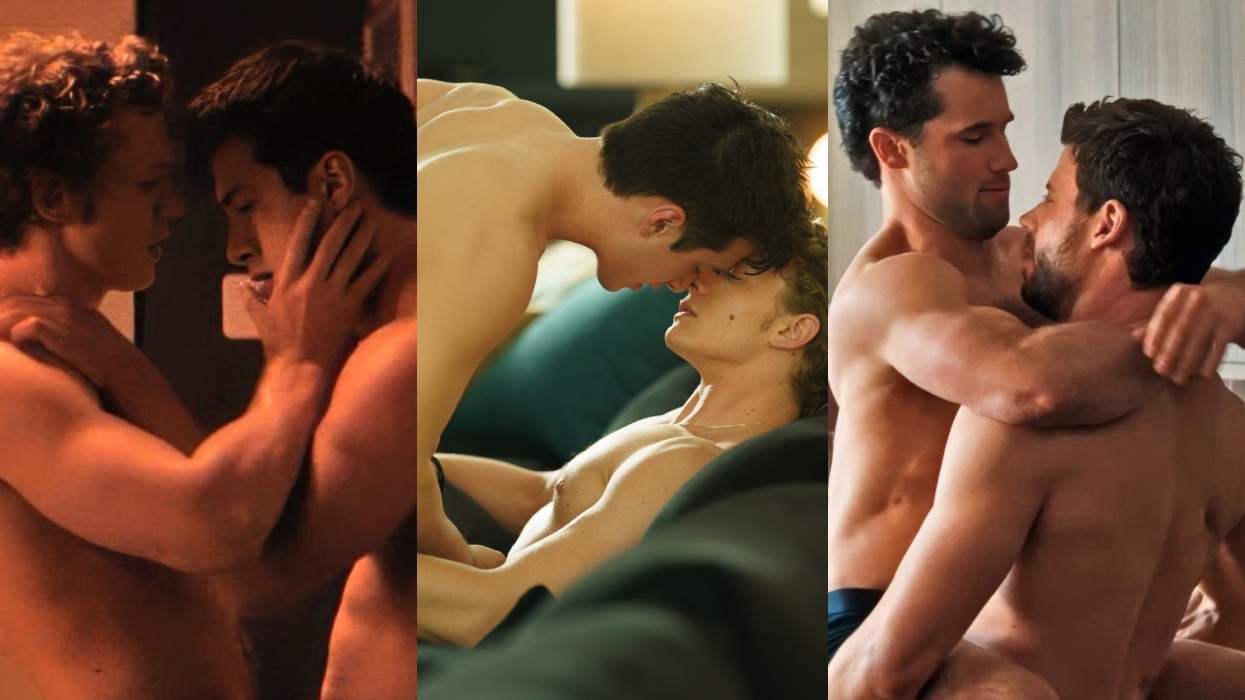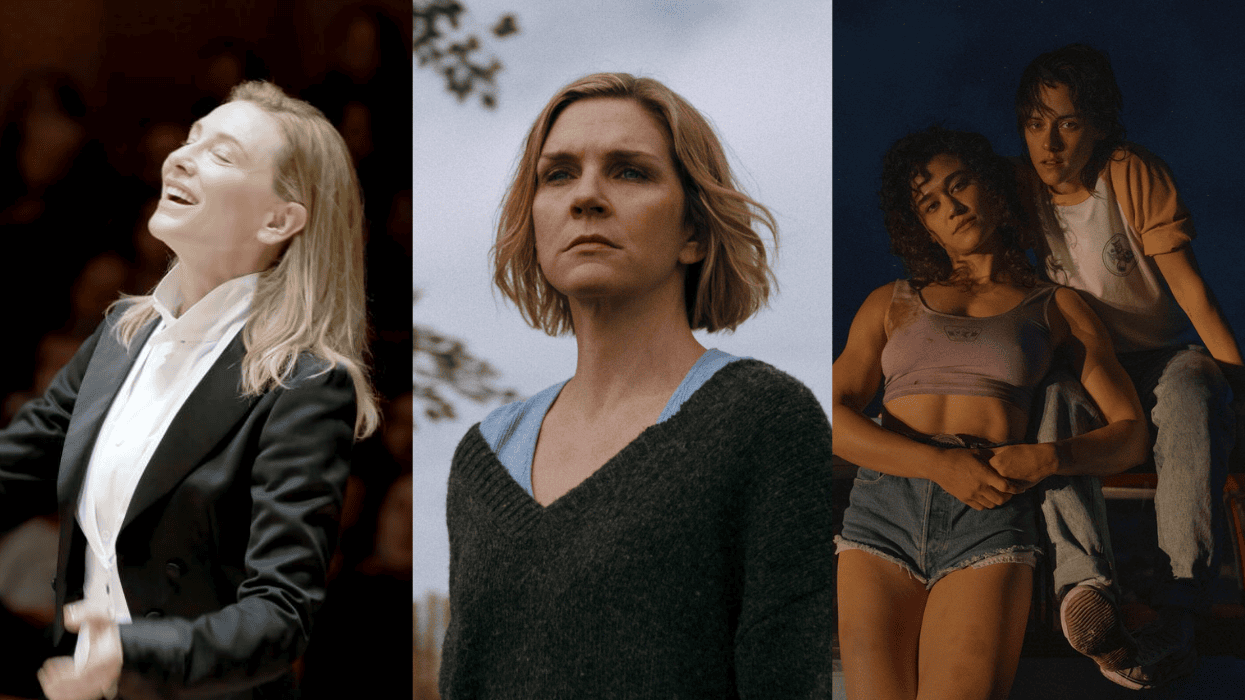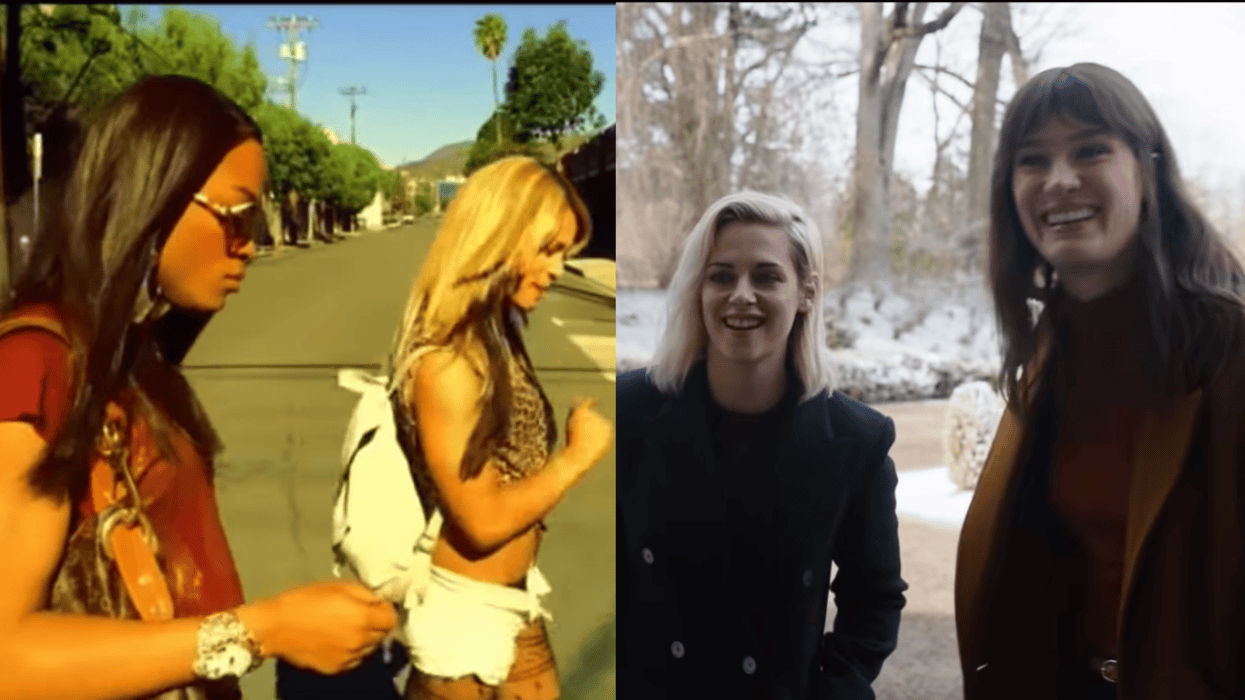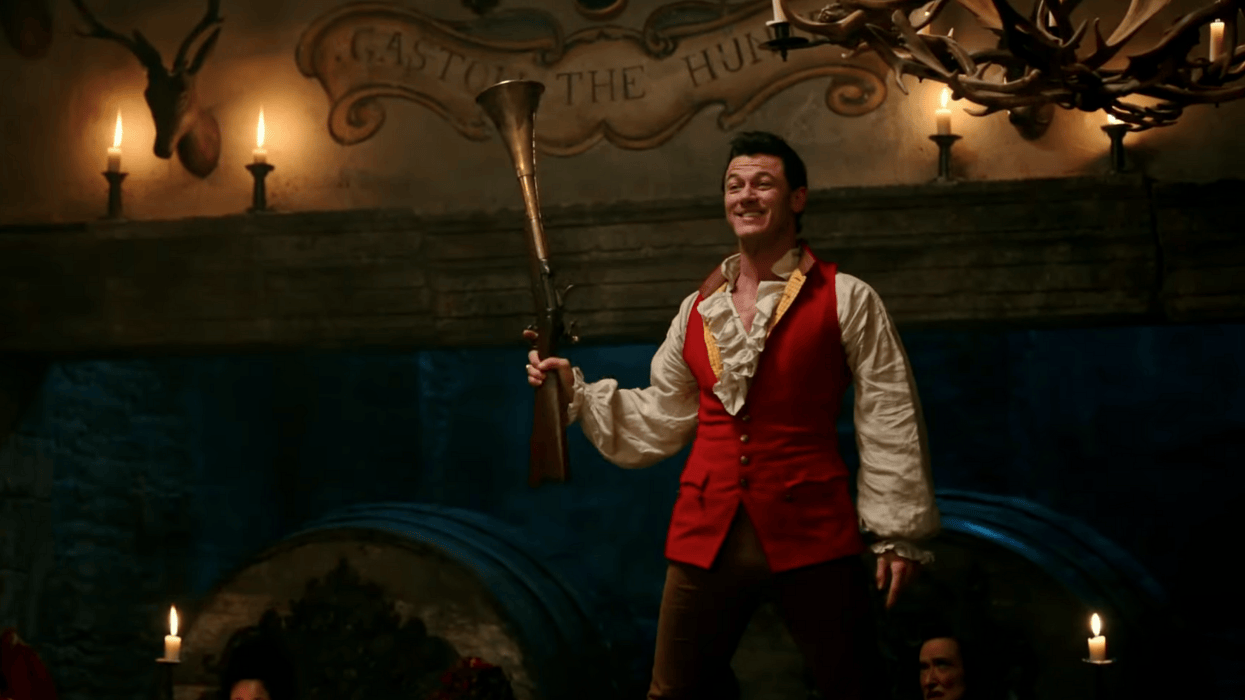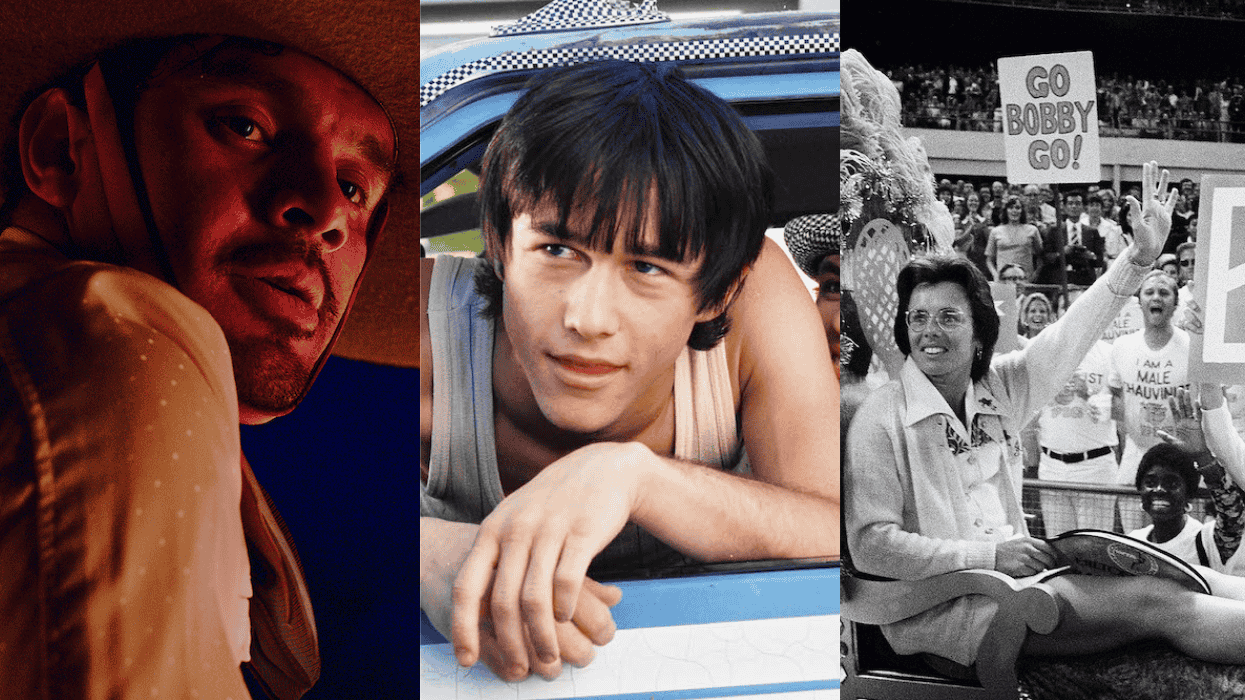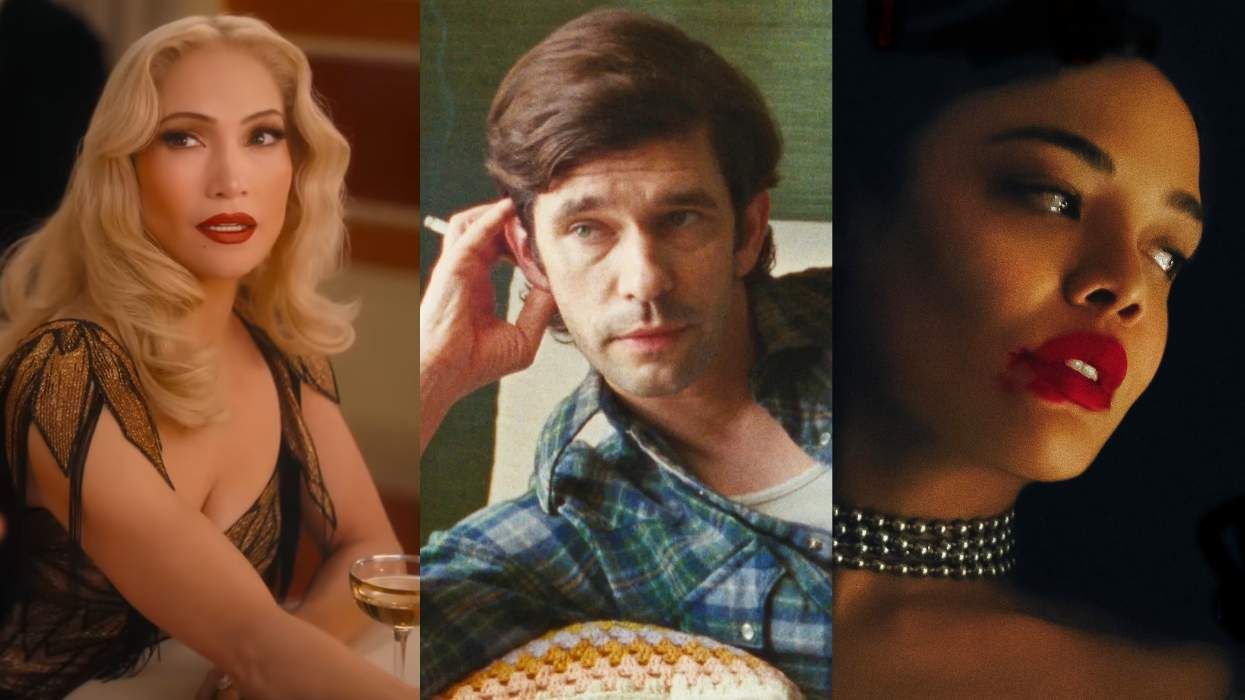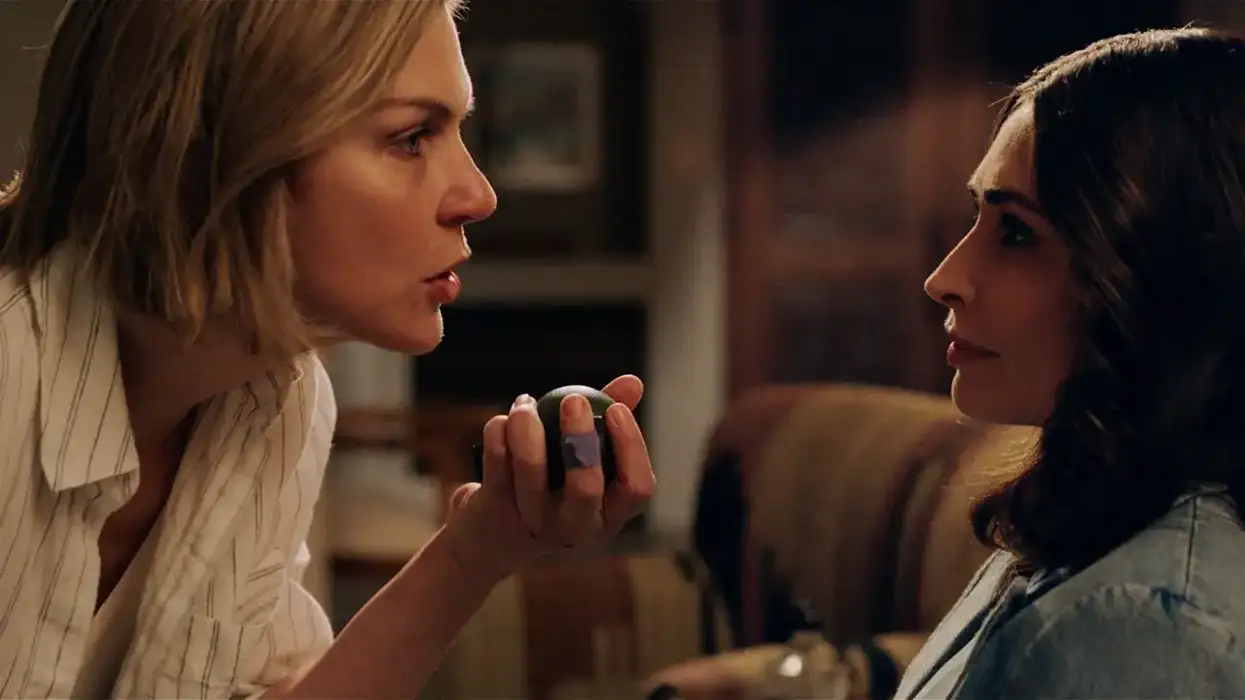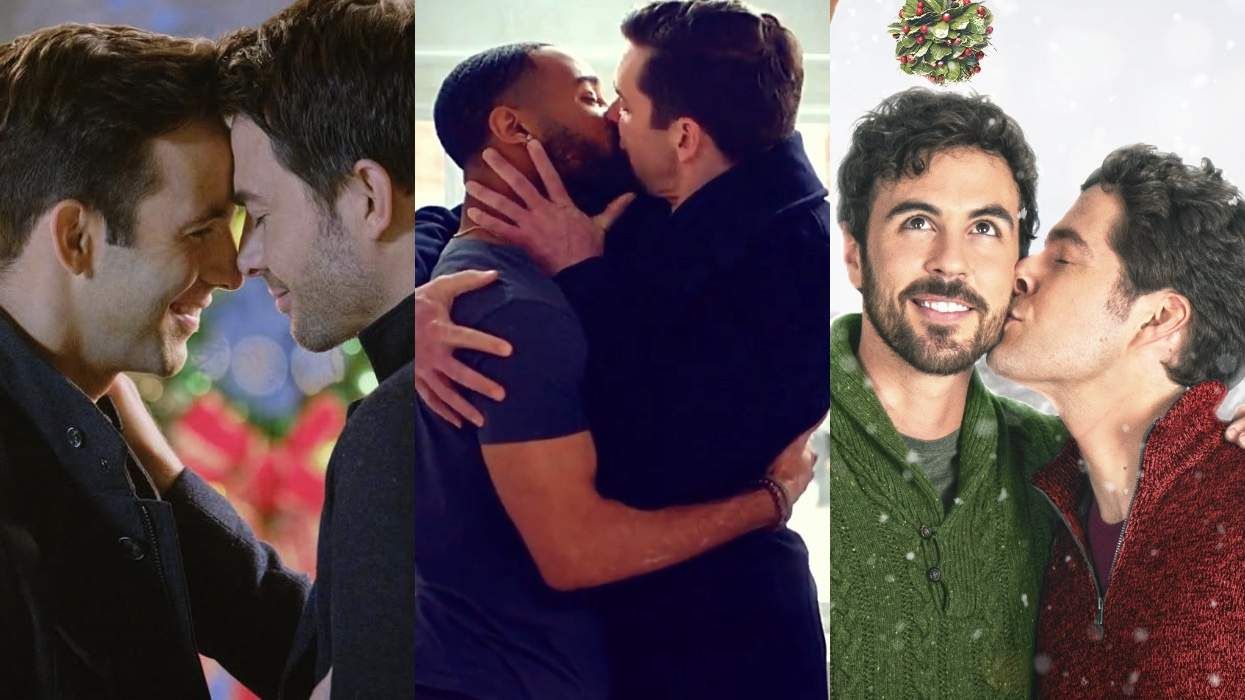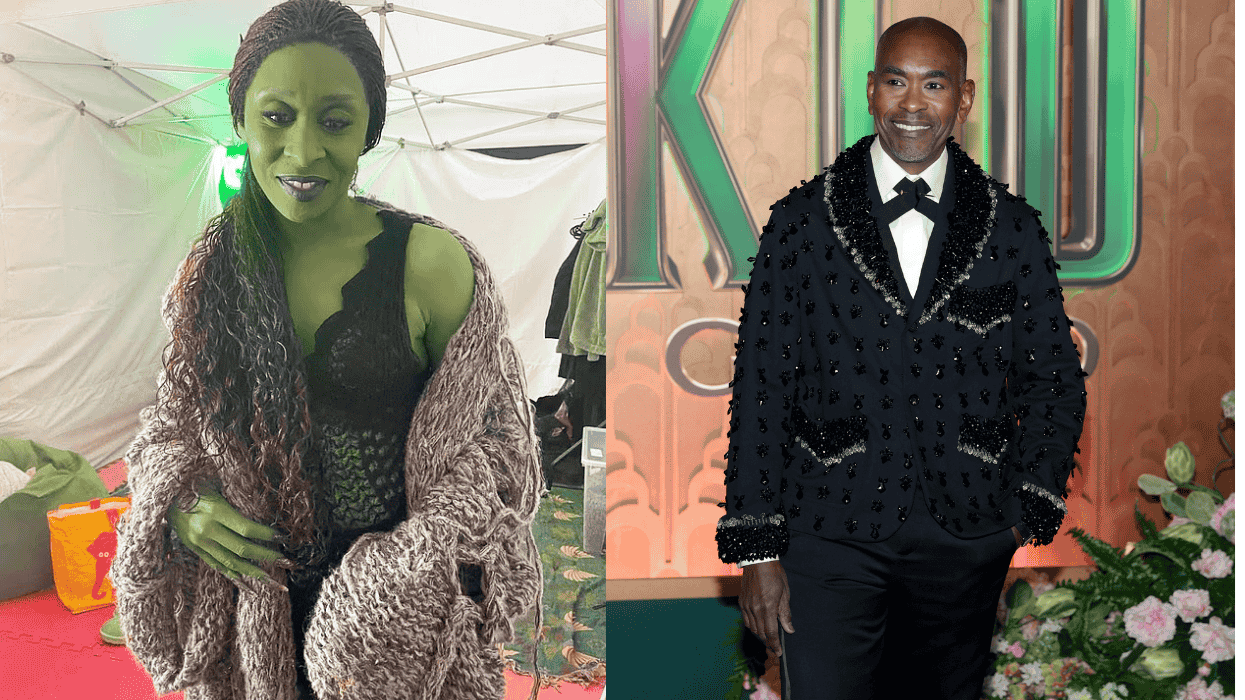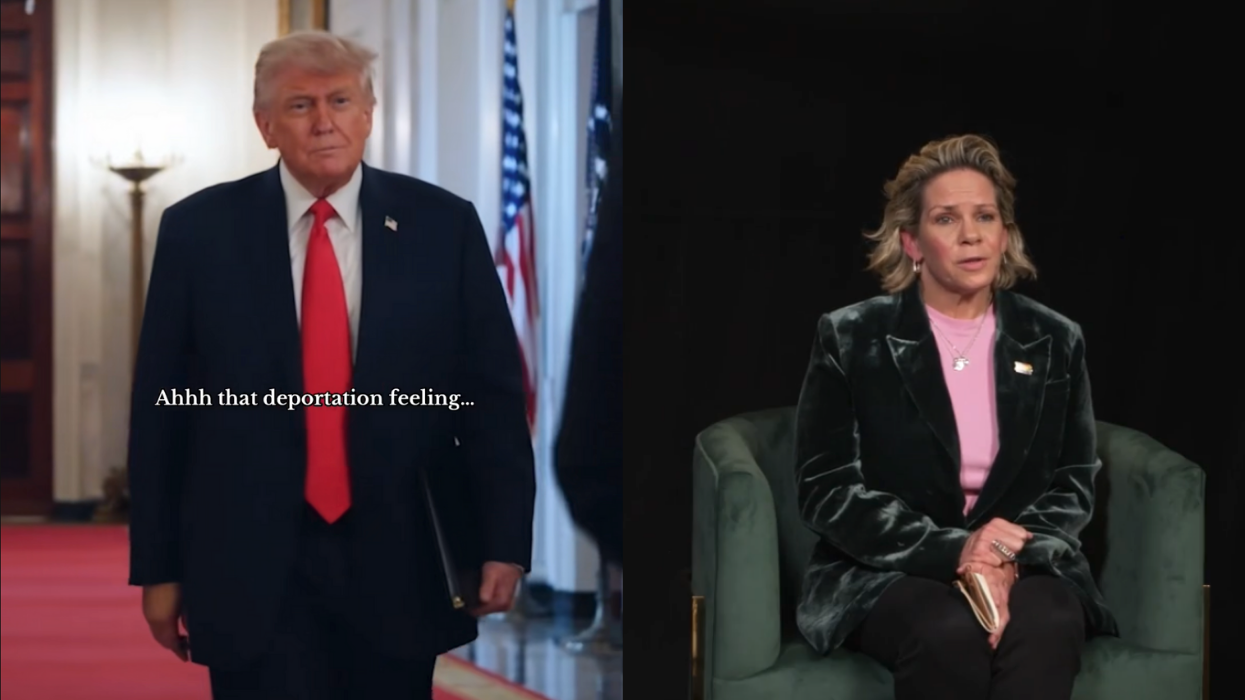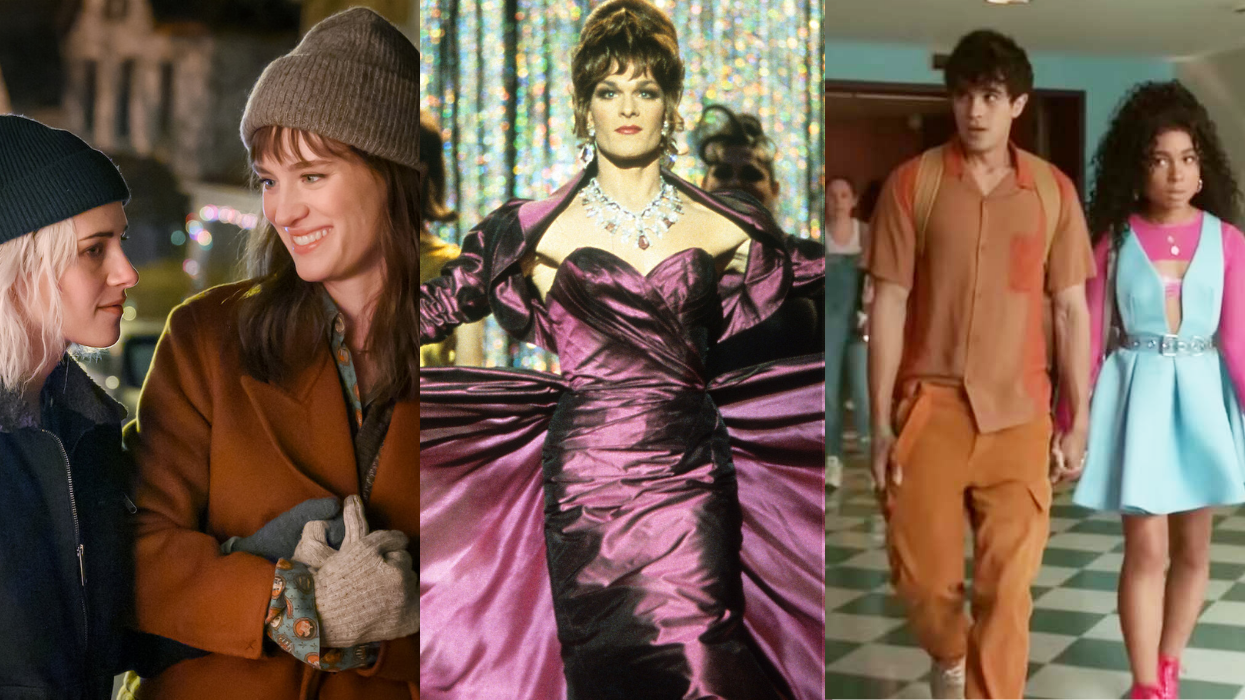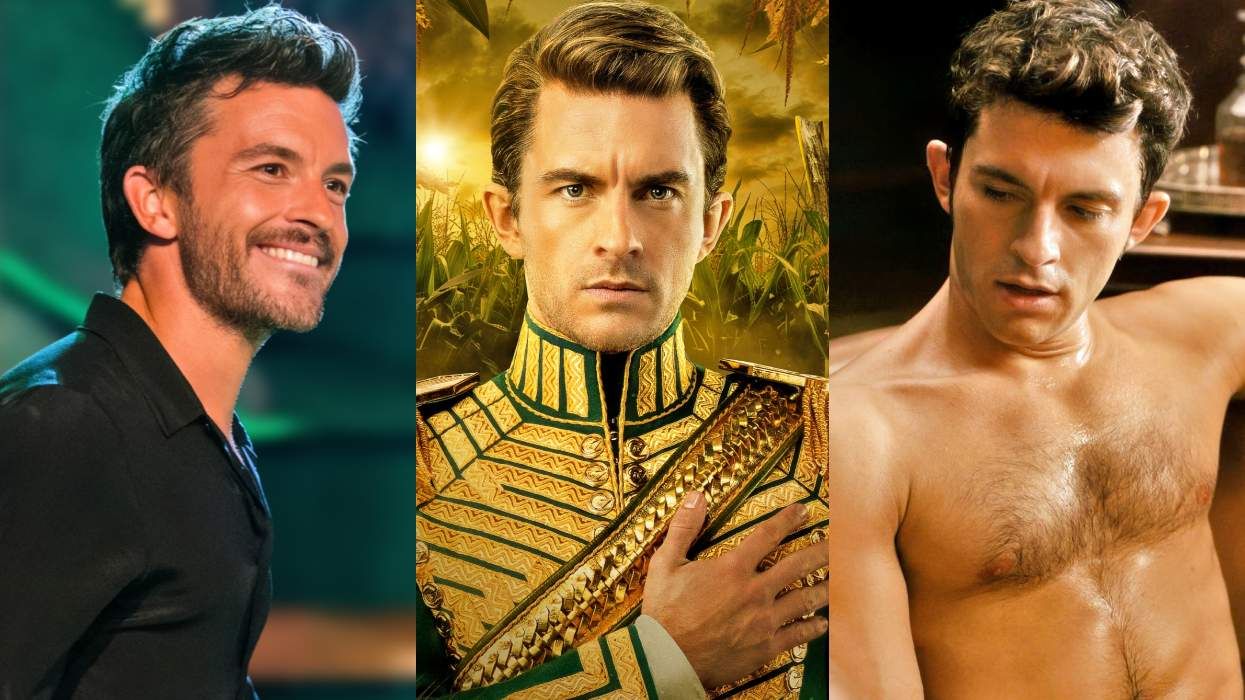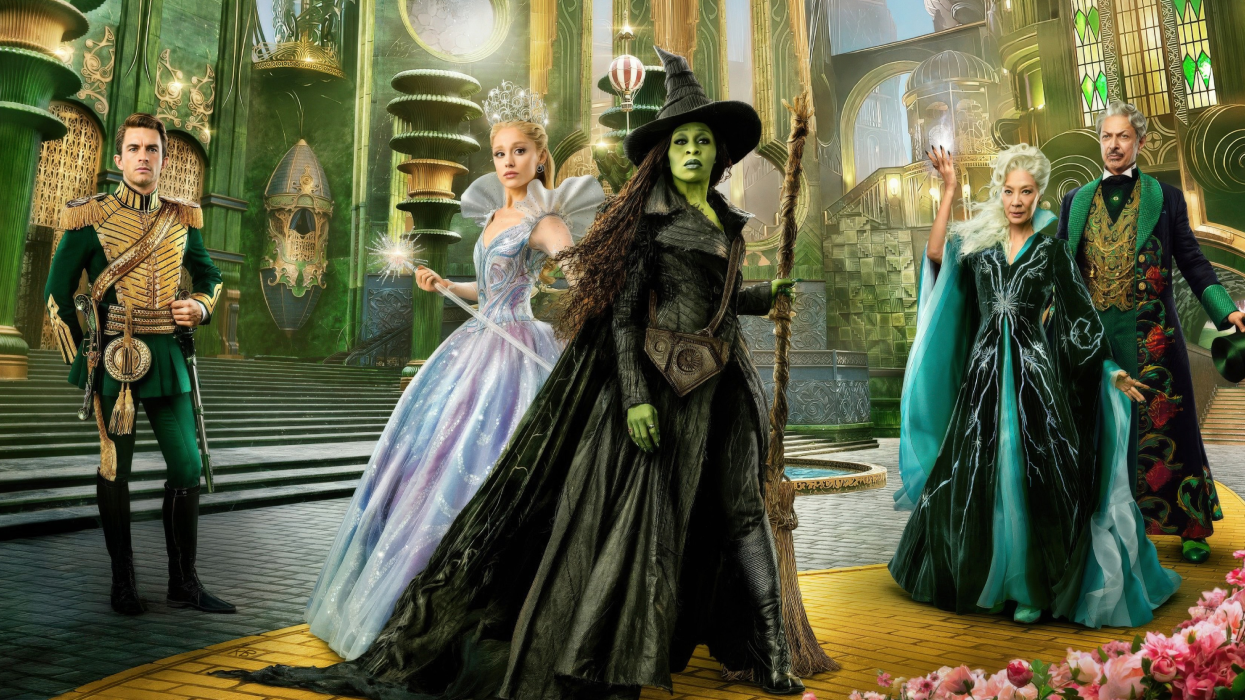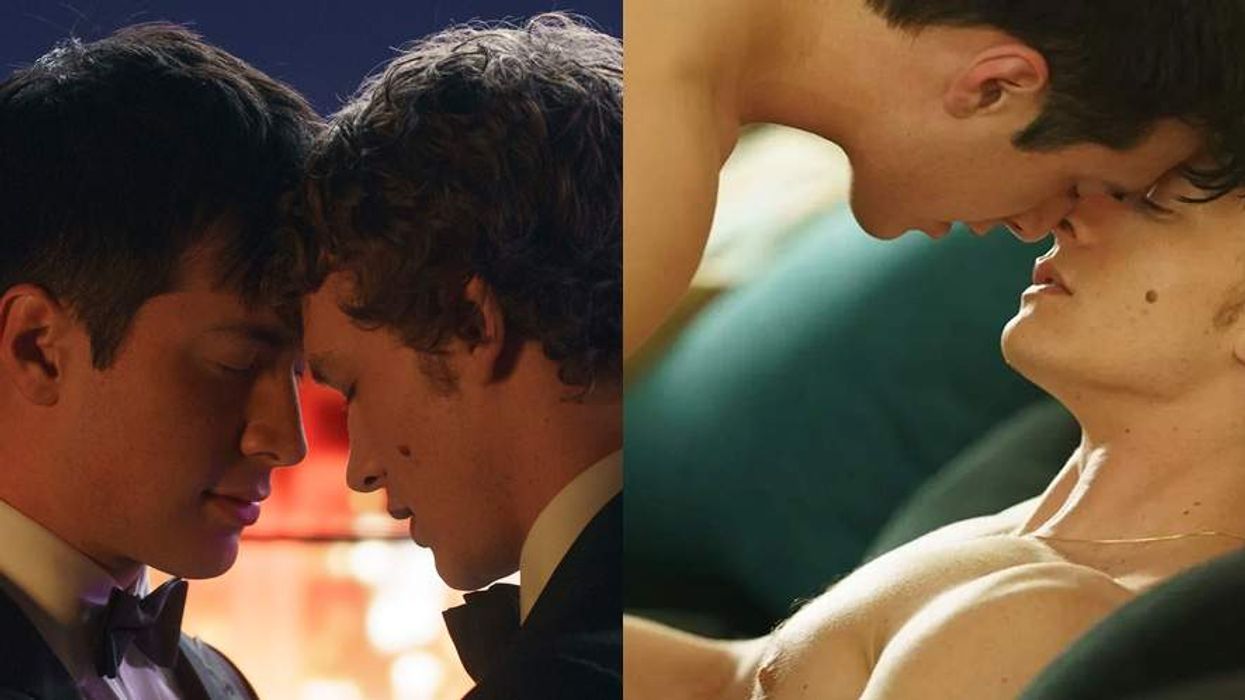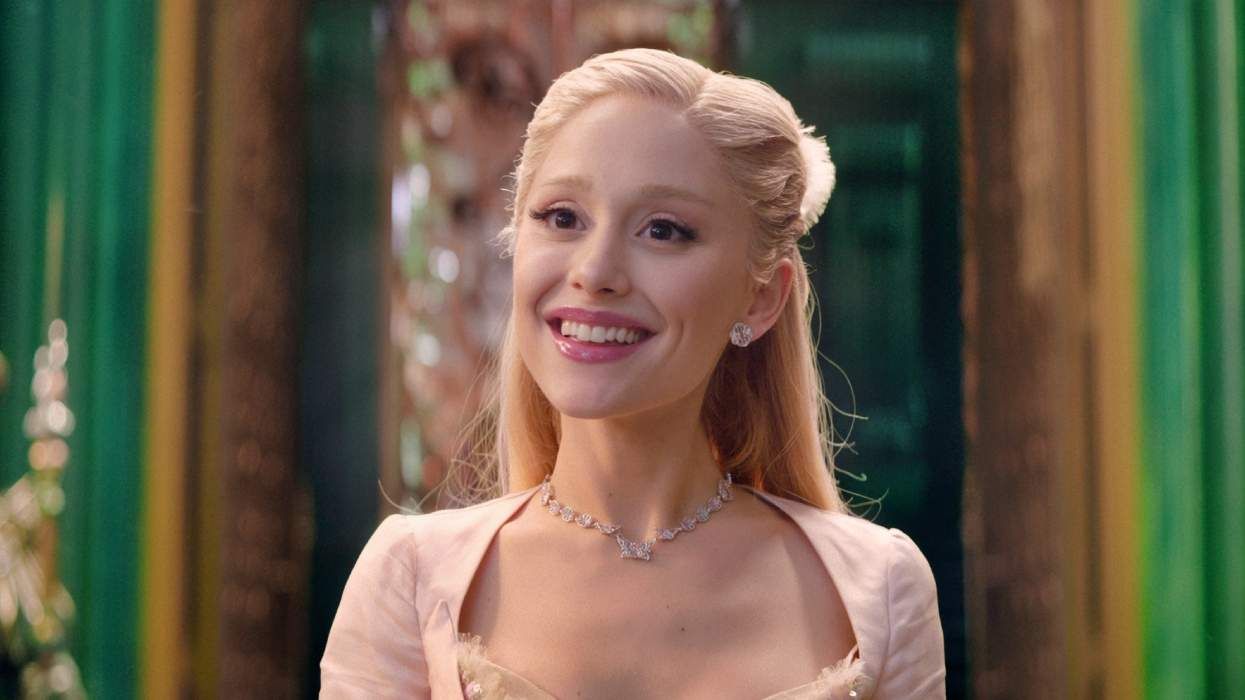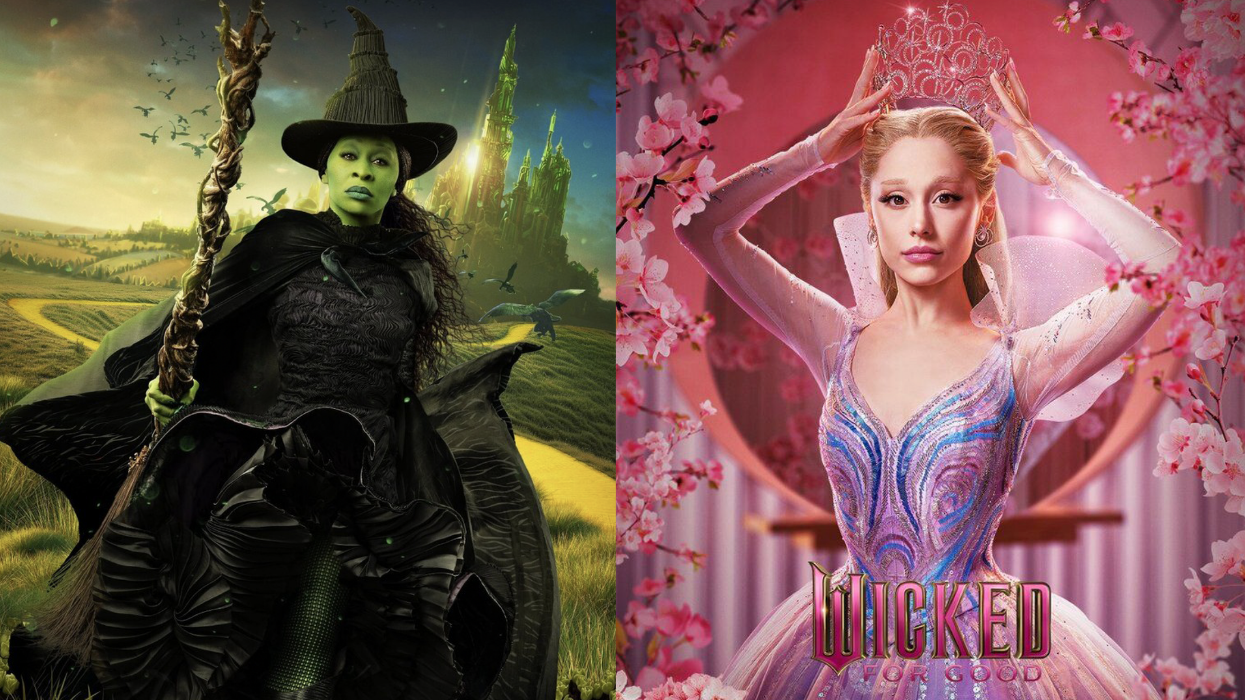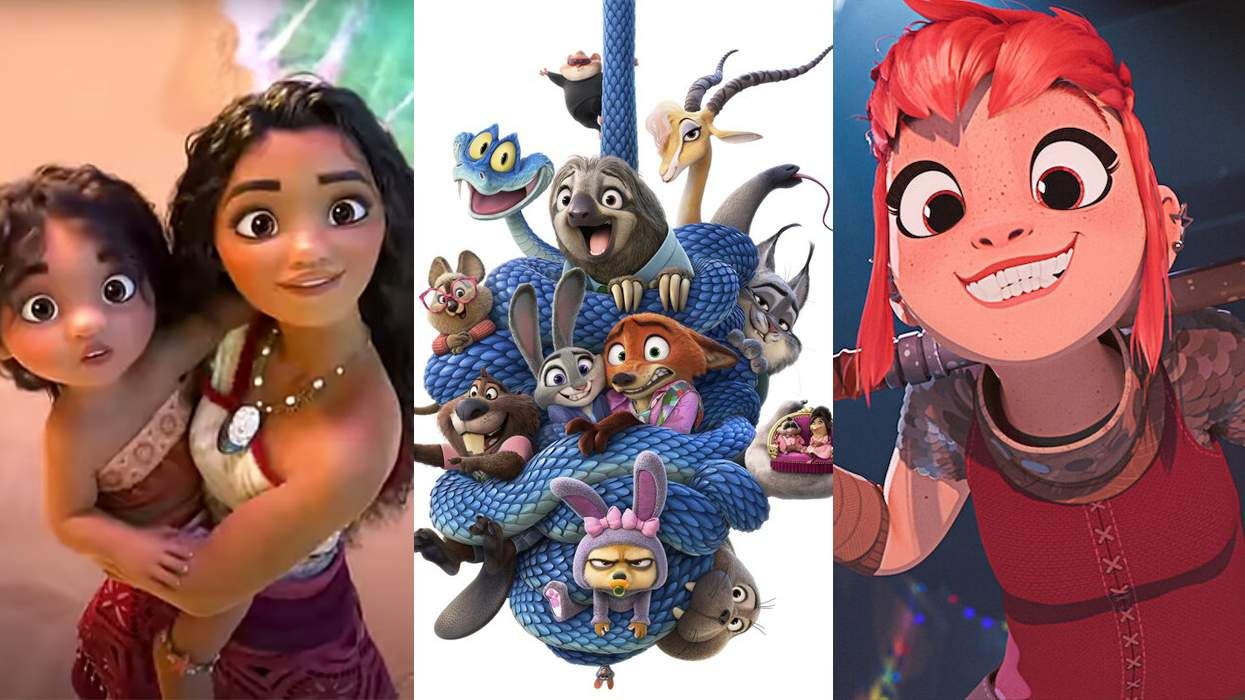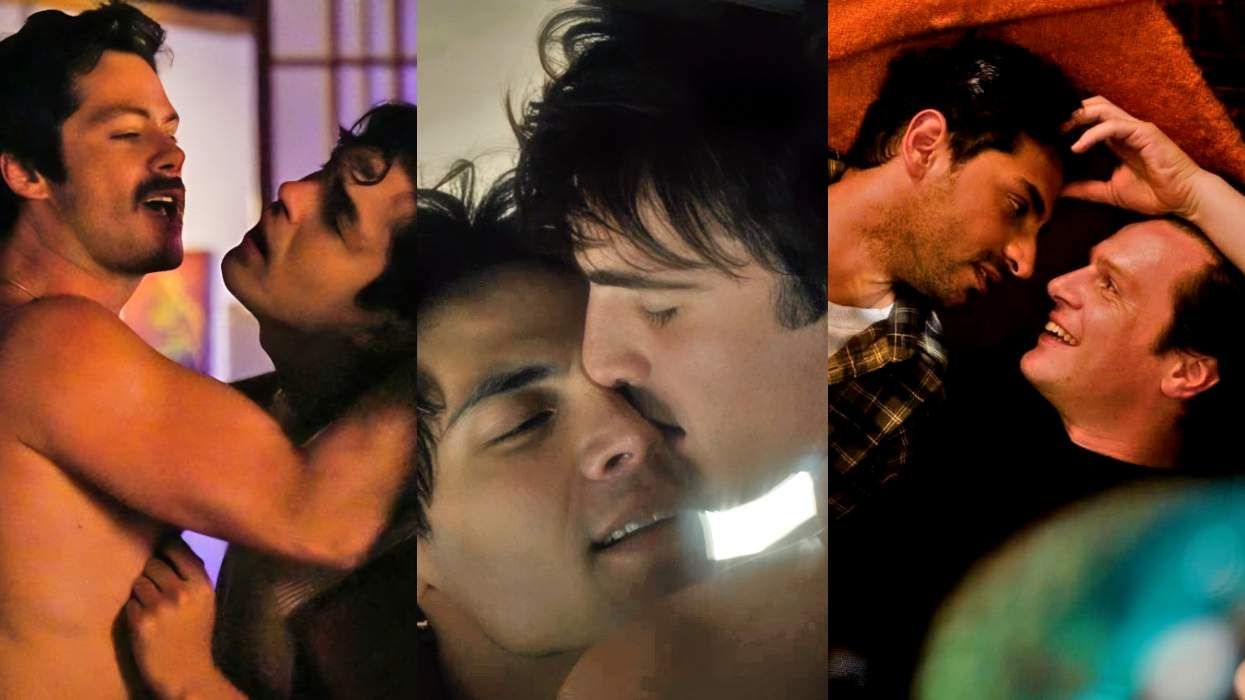When Toni Morrison was a student at Howard University in the 1950s she would steal the "Colored" and "Whites Only" signs she came across in Washington, D.C. and send them to her mother back home in Lorain, Ohio. Such commonplace segregation shocked her and struck her as utterly ridiculous. This duality of a funny, light-hearted woman who is also a great American novelist and the only Black American to be awarded the Nobel Prize in Literature is the subject of a new, long overdue retrospective documentary.
In Toni Morrison: The Pieces I Am, director Timothy Greenfield-Sanders (The Trans List, The Out List) and his team draw heavily upon interviews with Morrison done in her home as well as commentary from cultural critics Hilton Als and Fran Lebowitz and her colleagues and friends Farah Jasmine Griffin and poet Sonia Sanchez. Organized around her novels, Morrison's life story is pointedly told through the prism of her work. The 119-minute film offers an overview of where the ideas for some of her most celebrated novels -- The Bluest Eye (1970), Sula (1973), Song of Solomon (1977), and Beloved (1987) -- came from and uses that to let the details of her life story unfold. But this isn't a super personal documentary. No one in her family, including her two sons, is interviewed, there's no discussion of her divorce, nor is there a discussion of the 1993 fire that burned down her house right after she won the Nobel. The focus is on her public professional life.
The Pieces I Am opens with a discussion of the impetus for Morrison's writing: she wanted to write books that refuted the idea that Black people's lives "have no meaning apart from the white gaze." One of the most interesting parts of the film is its discussion of the critical reception of her work in the press and the literary establishment, effectively pointing out how long it took for the author to receive the professional acclaim she deserved in America. Not surprisingly, the reviews of Morrison's work by a mostly white male critic corps were pretty awful throughout most of her career, with one critic going so far as to say "Beloved is a fraud" after she won the Nobel.
Greenfield-Sanders was clearly aware of the thorny territory of a straight white male director making the first major documentary about a cultural titan such as Morrison, albeit one with whom she has a 38-year friendship, as he made sure his crew included Black perspectives. He chose noted visual artist Mickalene Thomas, a queer Black woman, to create an original artwork inspired by Morrison to open the film. In stop-motion, we see Thomas' brown hands piecing together an intricate collage made up of several portraits of Morrison ripped up and rearranged.
In addition to Thomas, one of the strengths of the film is how it makes use of the work of prominent Black visual artists to portray Morrison's ideas about race, gender, and the history of Black people in America. The work of Jacob Lawrence, Romare Bearden, Kerry James Marshall, Faith Ringgold, Lorna Simpson, and Kara Walker mesh beautifully with Morrison's body of work and elevate the film from simple, straightforward documentary to nuanced cultural commentary on Morrison's unique takes on American culture writ large. A Black woman named Kathryn Bostic also composed and performed original music for the film.
Though clearly made for a wide audience, Greenfield-Sanders doesn't back away from Morrison's candid critiques of racism and misogyny. When she talked about her father's childhood trauma of seeing two Black businessmen get lynched, archival footage of lynchings that went close up on the faces of white onlookers appears. And with the inclusion of a clip of Morrison being interviewed by journalist Bill Moyers where she calls white racism a "neurosis" that white people themselves have to figure their way out of without asking Black people for help, Greenfield-Sanders definitely doesn't fall into the trap of whitewashing a Black artist to keep audiences comfortable.
Yet at the same time, there were moments where the whiteness of the direction was noticeable, and I couldn't help but wonder how a Black woman filmmaker might have made different choices. For example, Greenfield-Sanders ends the film with Morrison recounting an anecdote about how she ultimately thinks of her work as being about the basic human connection of one person putting their hand up to touch another's. It felt a bit too trite and oversimplified. Sure, Morrison's work is universal and its impact globally felt, but given that Morrison explicitly wrote for and about Black people, and forced white people to read work that didn't center them, this as the final statement of the film fell flat--almost as if to say to white viewers of the film, "Yeah, she was pro-Black, but she loved white people too."
Morrison's oeuvre is impactful enough that this documentary should be the first of several to come, and I hope a Black woman filmmaker will get the chance to helm one of them. But for now, Morrison is almost 90-years-old and I'm glad that she's alive to see it. I take solace in knowing artists are giving Morrison her flowers while we still can.
RELATED | Review: 'Ask Dr. Ruth' Justly Honors the 'Goddess of Good Sex'


